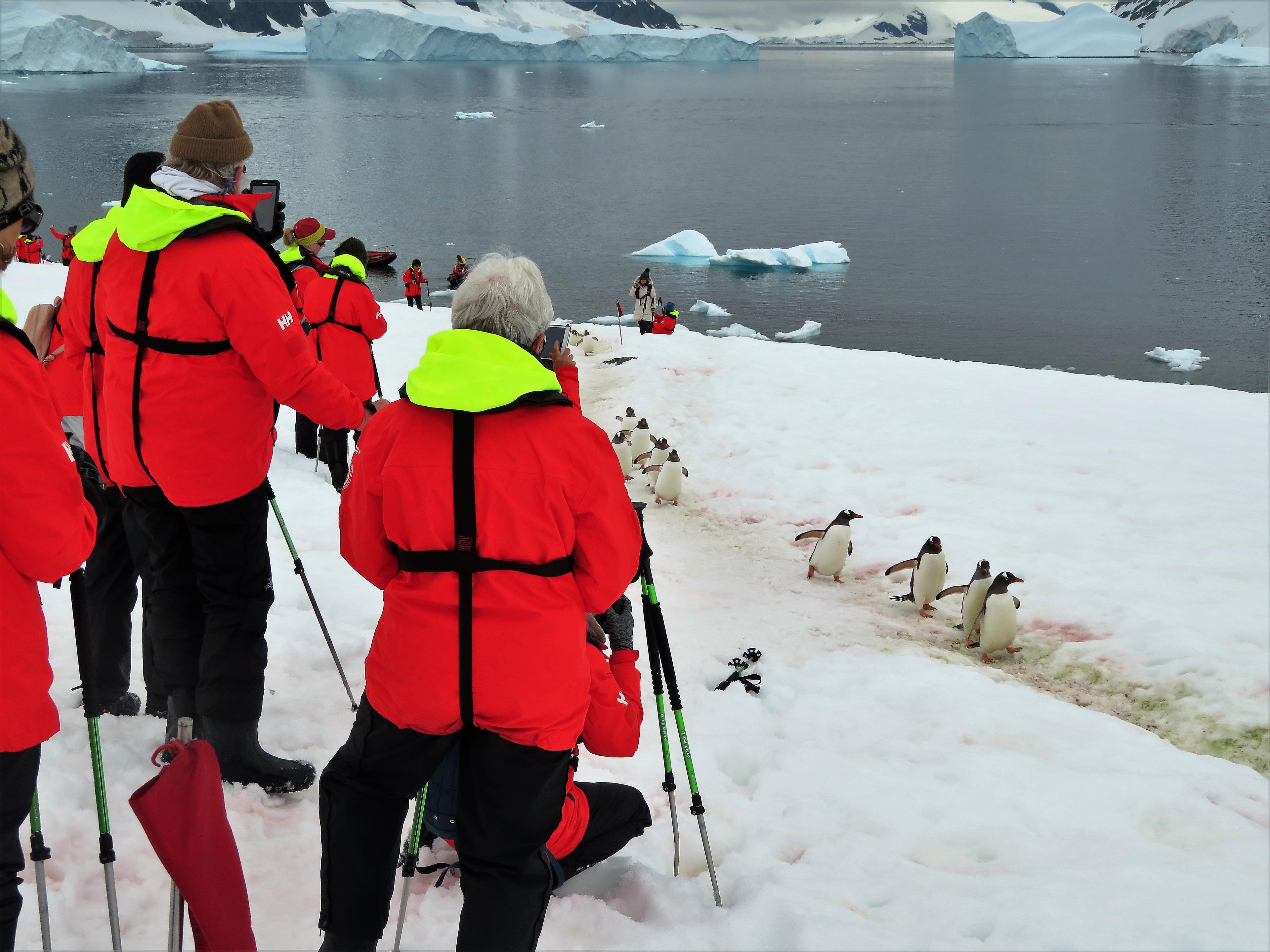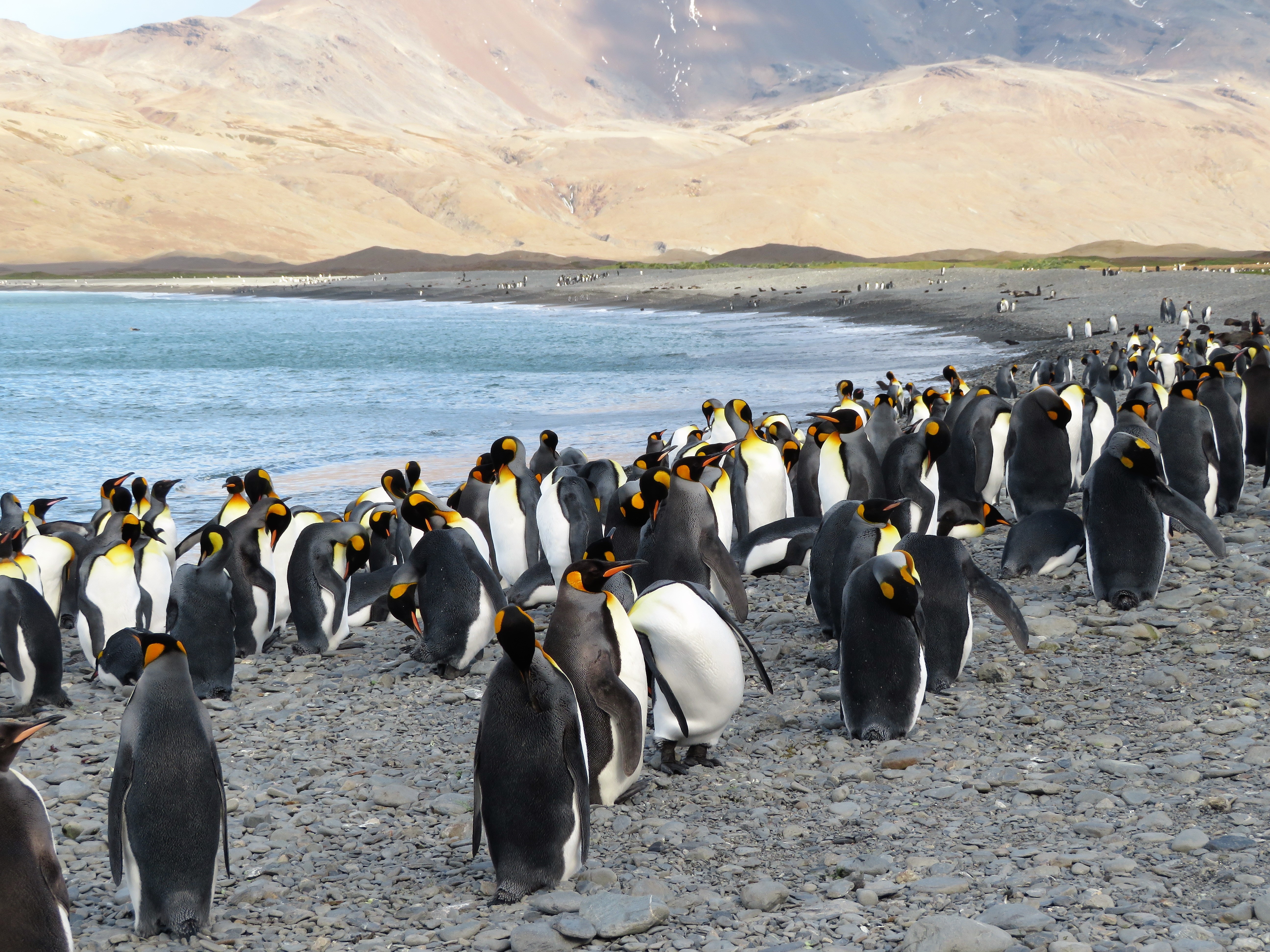If you’ve long dreamt of an Antarctic voyage, but felt the details were too overwhelming to think about, we’ve got you covered. From how to choose a cruise ship to activities to comfort, we can help you choose the right Antarctica voyage for you. We’ve researched and experienced Antarctica in person and can impart our first-hand knowledge so that you can make an informed decision.
As an Antarctica specialist, I have immersed myself in the various expedition operators who make the voyage to the 7th continent. I can help you navigate the best option for your budget and travel style, as well as your interests and the activities you’re hoping to do. In some ways, the choice has gotten easier as most of the small-ship operators are offering similar experiences, but there are certainly important distinctions that are important to understand. Use my insight to choose the best trip to Antarctica for you. Here’s what to consider:
Where to Go
Photo by Susan Tuckey, Penguins2PolarBears. Fortuna Bay, South Georgia. January 27, 2019
Antarctic cruises fall into three categories - not surprising given the breadth of the region you’re visiting. Each of the three categories is distinguished by the length of the voyage and which area they visit - some a lot longer than others. Here’s what you can expect:
Antarctic Peninsula: This 10- to 14-day journey is the most popular and accessible of the Antarctica travel options. You’ll start and end your trip in Ushuaia, Argentina, cross the Drake Passage, spend several days on the western shore of the peninsula, then cross the Drake back to Argentina. A stop in the South Shetland Islands or Elephant Island and a journey to the Polar Circle may or may not be included in these itineraries.
Antarctic Peninsula, South Georgia & Falkland Islands: More vacation time? Increase your Antarctic experience to an average of 20 days. This longer trip adds on South Georgia and the Falkland Islands and with that, heightens your chance of seeing king penguins. You’ll sail the Southern Ocean to the Falklands, head on to South Georgia and Shackleton’s grave, go west to the Antarctic Peninsula and finally sail back through the South Shetlands to Ushuaia.
And Beyond: Perhaps you’ve done Antarctica already and are back for more? Consider an expedition to the Weddell Sea. You’ll sail the western coastline of Antarctica and the Ross Sea as you cross from Ushuaia to New Zealand.
Check out some of our sample itineraries and blogs about Antarctica. Note that Fly/Cruise options can reduce the time it takes to or from your destination, so that is always an option of you're limited on time or have an issue with the Drake Passage.
The Ship
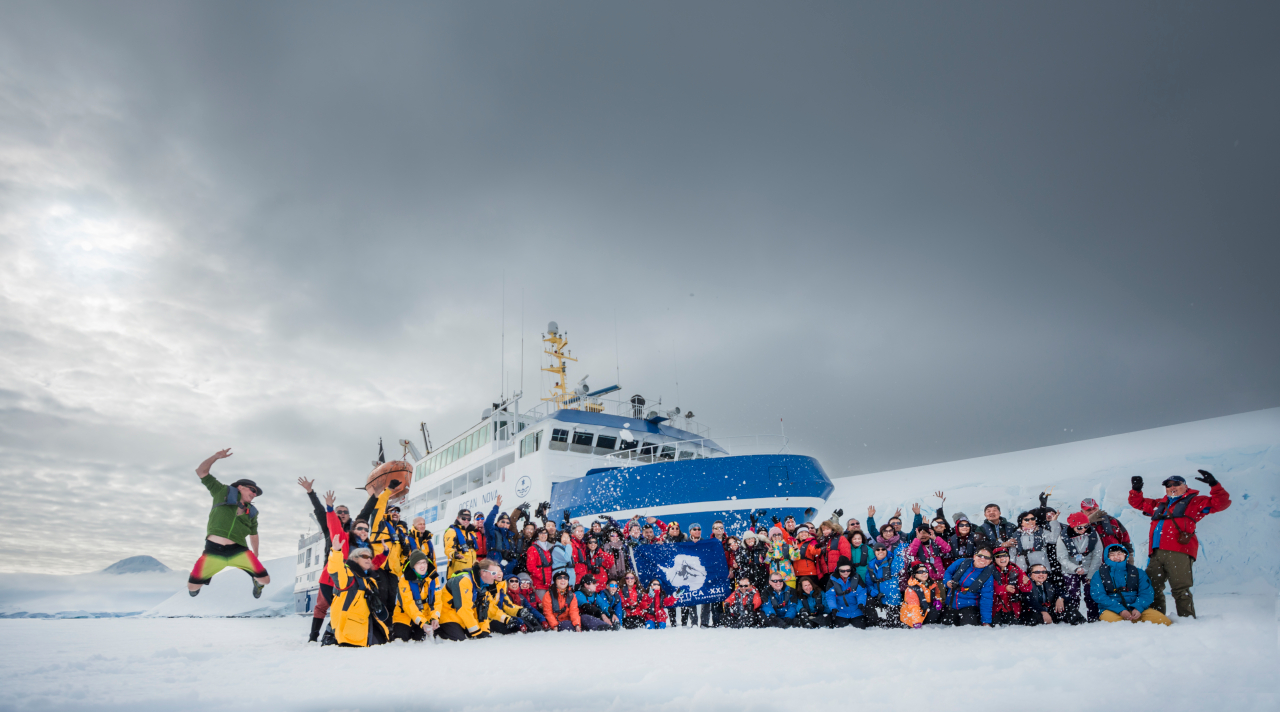
Photo by Ruslan Eliseev, Antarctica 21
Let’s get one thing straight. The cruise ship of the polar regions is not the cruise ship of the Caribbean, or even Alaska, for that matter. Your Antarctica sailing vessel will provide accommodation, meals, warmth - but the real entertainment happens not in a casino or on the dance floor, but on the ice or at sea, as you get to know the wildlife and landscapes of the region. Read our detailed article on why ship size matters.
Consider a ship with 100 passengers or fewer, which allows everyone to disembark each time the ship stops. Only 100 passengers are allowed off the ship at a time, so if yours carries more than that, your time on shore might be limited. In addition, smaller ships make for a more convivial atmosphere, where you can really get to know your fellow passengers and share experiences. That being said, the larger (200+ passengers) ships are more stable, which may reduce the chance of seasickness, and they generally have more facilities. Generally, a ship with over 200 passengers is restricted in the areas where landings can be made and might not be the best for a really immersive experience in Antarctica. And if you are travelling solo, read about solo-friendly ships here. We've also written a little comparison between small-ship expeditions and large-ship cruises that you can read here.
Activities
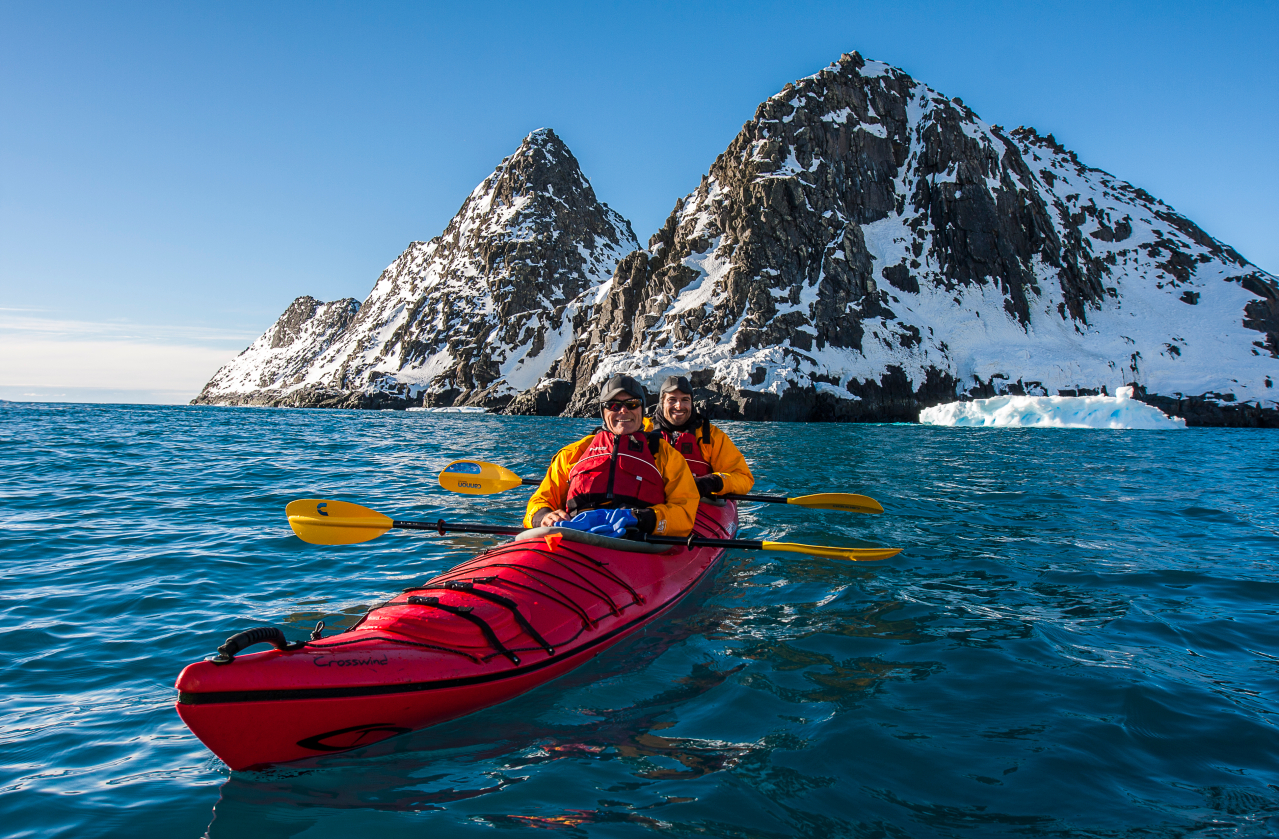
Photo by Jonathan Zaccaria, Antarctica 21. Died and gone to heaven
If you’re active and really want to get your feet on the ground in Antarctica, take a close look at what activities are offered. Most of the ships are going to include Zodiac and hiking outings, while some offer add-ons like sea kayaking, stand-up paddleboarding, camping, helicopter flights and even camping. Think about what you really want to do and make sure it’s available with your chosen cruise line. Read about more activities here.
When to Go
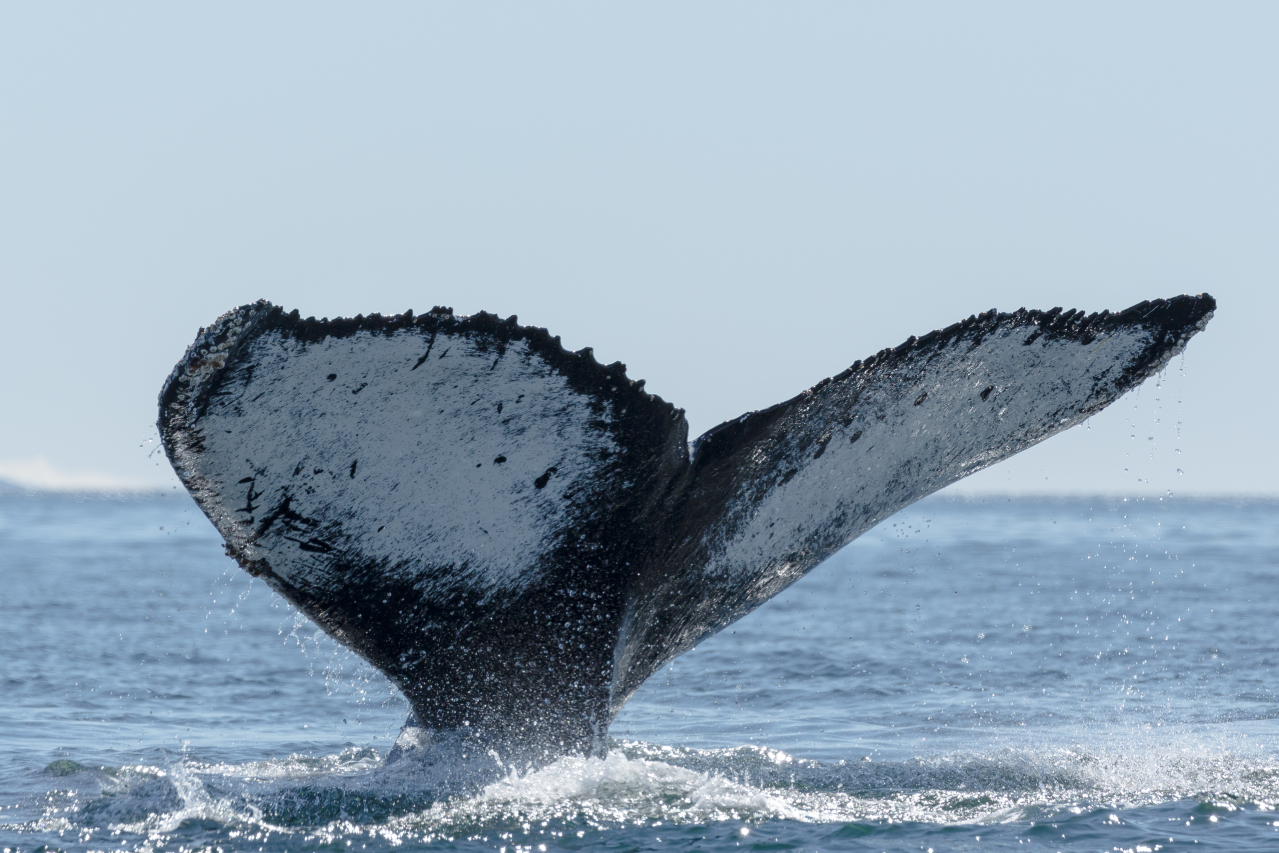
Antarctica 21 image
Most Antarctic cruises take place between the beginning of November and the end of March - the austral summer. Some operators are stretching the season at both ends, adding late-October and early-April sailings. Even within this short season, there is a range to what you’ll be able to see and do. More information can be found about the seasons here.
At the start of the season, you’ll see the early breeding rituals of several penguin species, as well as elephant and fur seals. December and January are considered the peak season in Antarctica - this is the time to aim for if you want calmer seas when crossing the Drake Passage. Penguin chicks are hatching and seal pups are being born, plus there are longer days and more sunlight for excursions. Whales make themselves known in February and March and you’ll start to see active penguin chicks. Want to time your visit around the penguins? Read more about the best time to see penguins in Antarctica. Or learn a little more about the wildlife.
And if you're wondering what to pack? Read more here.
Starting to feel like you can make an educated guess about the Antarctica trip for you? Let’s chat and make an expertly guided decision. Sign up for this comprehensive guide and then schedule a consultation appointment to start the conversation. Not ready yet but want to see similar articles? Please sign up for my newsletter.

